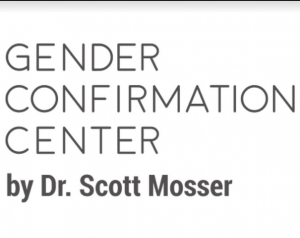Generic Name: Nortriptyline hydrochloride
Brand Names: Pamelor, Aventyl
Drug Class: Tricyclic anti-depressant
Similar Class Drugs: Amitriptyline, Amoxapine
Available Dosage Forms: Oral capsule, liquid

What is Nortriptyline?
Nortriptyline is derived from Amitriptyline. The FDA approves its use as an anti-depressant agent.1
Major depression results from flawed neurotransmission of excitatory or inhibitory molecules called neurotransmitters. Nortriptyline augments the concentration of serotonin and norepinephrine by delaying their uptake from the synaptic clefts.
It affects the activity of several neurotransmitters but has the highest affinity for norepinephrine. The selectivity of Nortriptyline for norepinephrine escalates the improvement in symptoms.1
Depressive symptoms with an endogenous cause are more likely to be alleviated with Nortriptyline than those with a psychological etiology alone. It is also indicated off label for the treatment of:
– Chronic neuropathic pain in adults
– Facial nerve damage
– Postherpetic neuralgia
– Smoking cessation
However, the evidence to support the use of Nortriptyline for neuropathic pain is scarce. Interventions with greater therapeutic efficacy and clinical studies supporting their use are generally preferred over Nortriptyline.2
How to use Nortriptyline?
– Oral capsules with specific dosages are available
– If the oral solution is prescribed, measure the dosage in a measuring cup
– The dosage varies with individual case
– Recommended dosage for adults is 25mg three to four times daily
– Alternately, the entire dosage might be prescribed once a day
– Dosages are usually kept at a minimum and gradually increased
– Consult your physician if you experience discomfort after a dosage change
What are the side effects of Nortriptyline?
Common side effects with Nortriptyline:
– GI issues – constipation, nausea, increased appetite
– Dizziness, agitation, drowsiness, disorientation
– Confusion, weight gain
– Dry mouth
The following adverse effects have not been reported with Nortriptyline. However, each adverse effect is considered individually as part of the TCA prescription warnings.
– Cardiovascular events – hypotension, arrhythmias, myocardial infarctions, tachycardia
– Psychiatric effects – hallucinations, disorientation, mania, suicidal ideation
– CNS – loss of sensation, numbness, tingling
– Anaphylaxis – rash, pruritis, breathlessness
– Bone marrow suppression
– Hormonal imbalances- sexual impairment
– Drug interactions
Who should not use Nortriptyline?
– Concomitant therapy with MAOI drugs (linezolid, etc.)
– Ongoing therapy with intravenous therapy
– Patients with a recent history of myocardial infarction
Nortriptyline should be used with caution in children, adolescents, the elderly, pregnant, and breastfeeding women.
References
- Merwar G, Gibbons JR, Hosseini SA, et al. Nortriptyline. [Updated 2021 Jun 15]. In: StatPearls [Internet]. Treasure Island (FL): StatPearls Publishing; 2021 Jan-. Available from: https://www.ncbi.nlm.nih.gov/books/NBK482214/
- Derry S, Wiffen PJ, Aldington D, Moore RA. Nortriptyline for neuropathic pain in adults. Cochrane Database Syst Rev. 2015 Jan 8;1(1):CD011209. doi: 10.1002/14651858.CD011209.pub2. PMID: 25569864; PMCID: PMC6485407.










